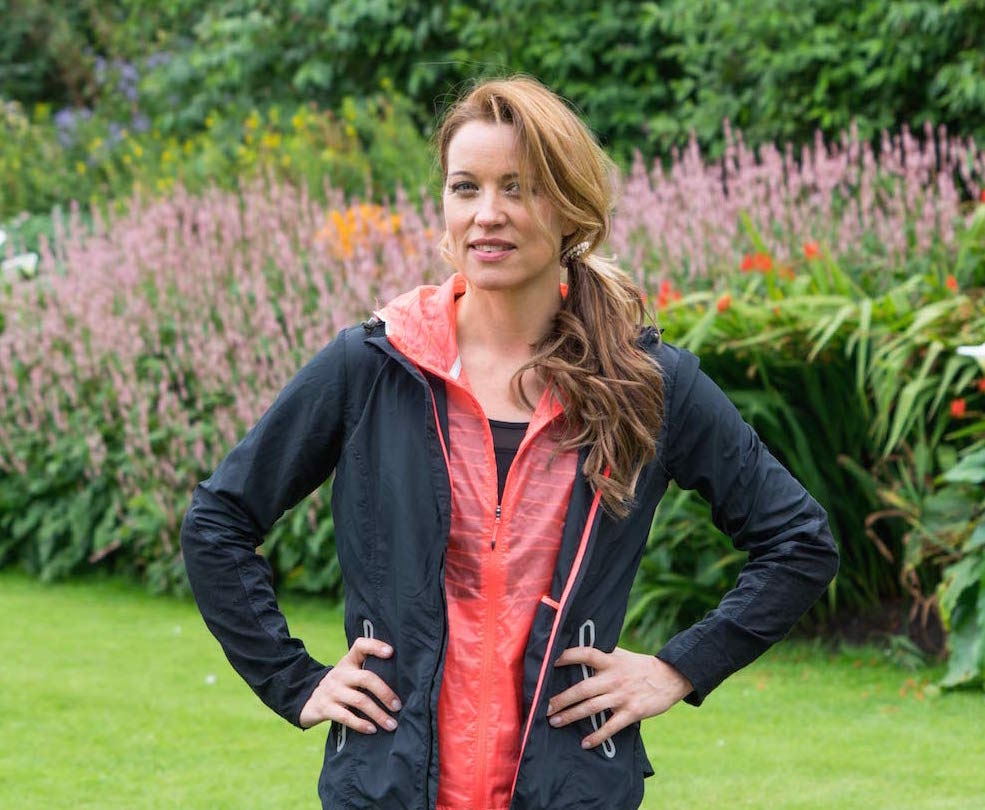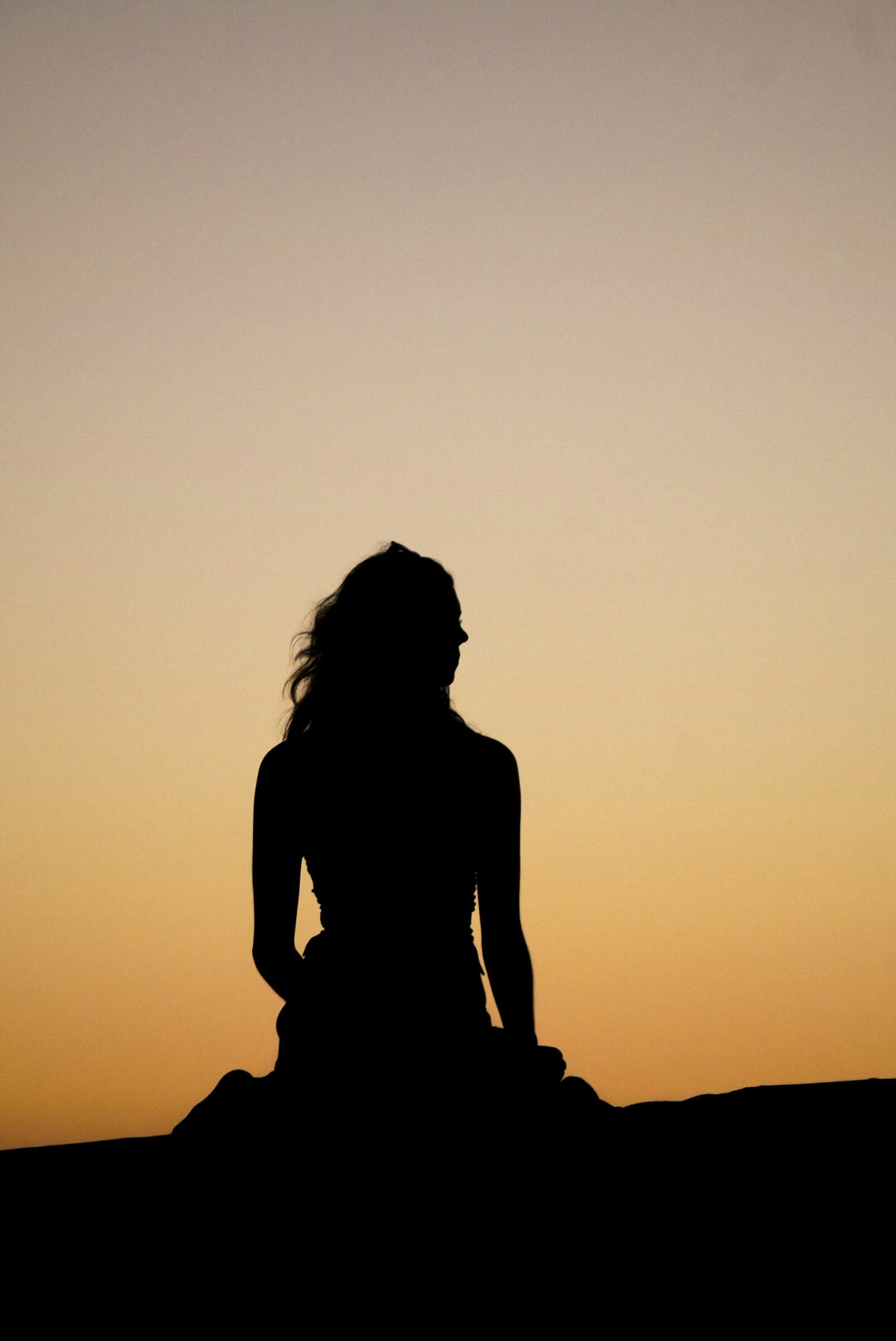What Vipassana Taught Me About Business and Life Decisions
I could hold a headstand for six minutes, unflinching. My abs were extraordinary.
“This is just gymnastics,” my yoga teacher said gently, somewhere in the foothills of the Himalayas. “You need Vipassana.”
I was nine months into what could only be described as my Eat, Pray, Love phase. I was 27 — old enough to have built a life, but young enough to dismantle it. I’d walked away from the comforts of a world that no longer felt aligned.
I’d spent the early part of my career living outward — a recognisable face on TV, always competent, in control, and commented on. But in India, everything shifted. I dyed my hair dark, wrapped my head in a scarf, and slipped into the quiet anonymity of ashram life.
Vipassana means to see things as they really are — not as you’d like them to be, not as your ego edits them, but simply as they are. You sit. You breathe. You observe the endless tides of sensation, thought, and emotion — ten days of it, in silence.
At first, it feels impossible, even torturous. The itch. The noise. The sheer physical pain of stillness. Every fibre of your being wants to move, to escape, to do something. Then, somewhere around day four — or for me, day five — the resistance begins to dissolve.
Stillness can be deceptive, because beneath it, something begins to stir. That’s when I experienced what’s often called a Kundalini awakening — a current rising from the base of the spine, like a quiet intelligence awakening every cell. My body no longer felt like flesh and bone, more like a constellation of energy — a blanket of stars, infinite and alive.
There was no drama, only clarity. Every sense sharpened. In modern language, you could call it a nervous system reset — the sympathetic and parasympathetic systems meeting in perfect rhythm. When this energy rises smoothly, it’s not chaos; it’s coherence.
During those days of silence and stillness (I did twenty in all), I noticed another shift: between stimulus and response, there was space — a space where you know before conscious awareness catches up. My heart rate would surge just before the bell signalled the end of each two-hour meditation.
I still play with that awareness. I’ve learned to listen for what I call the whole-body yes — that unmistakable sense of alignment when something or someone truly matters.
That single realisation — that awareness itself is measurable, physical, and trainable — is utterly life-changing.
The Business of Stillness
For me, it’s also how I make decisions — and it’s still scary.
This past year, my biggest challenge was to create some empty space with no clear path of what was going to bubble up in my creative mind, nor what work would take the place of the income I had intentionally shut down.
It wasn’t just a personal leap, it was a business one. I’ve learned that sometimes the most strategic business decision isn’t about scaling or adding more — it’s about pressing pause long enough to listen: to yourself, your market, your next evolution.
I felt I owed it to myself, after fifty years in this world, to take that pause. As it turned out, what returned was clarity: longevity fasting is my calling — and yes, I want a seat at the table.
Midlife, Mindfulness, and the Modern World
Midlife is a noisy decade. You don’t need to do more — you need to feel more, and react less. When you learn to observe discomfort rather than fight it, everything changes. You start making decisions from awareness, not habit.
We live in a culture that rewards speed, multitasking, and relentless output. Mindfulness is the antidote — not because it slows you down, but because it helps you move through life without wasting energy on noise.
Small moments of awareness, repeated daily, rewire the brain as powerfully as longer retreats.
Mindfulness doesn’t change who you are — it reveals who you are beneath the noise. Calm isn’t the absence of challenge; it’s the presence of clarity.
In a world that tells you to push harder, mindfulness is the ultimate rebellion — which, perhaps, sits perfectly with my lifelong instinct to resist authority.
These days, the ancient yogis and modern neuroscientists are describing the same thing in different languages: a state of coherence — of being awake, alive, and deeply connected. Once you’ve felt that, even once, you can’t un-know it.
You Don’t Need the Himalayas
You don’t need to shave your head, live in silence, or meditate for twenty days in the Himalayas to experience it.
Mindfulness begins in the smallest of ways — a breath noticed instead of ignored, a pause before you react, a choice to stay present rather than drift into autopilot.
Start with five minutes. Sit quietly, breathe, and notice what arises — without judgement, without trying to fix it. Bring that same awareness into daily life: waiting for the kettle to boil, walking the dog, sitting at a red light.
Over time, those small moments start to connect — forming a thread of calm that runs through even the busiest days.
That’s mindfulness in its truest form: not an escape from the world, but a new way of being in it.

My home in India, Rishikesh





